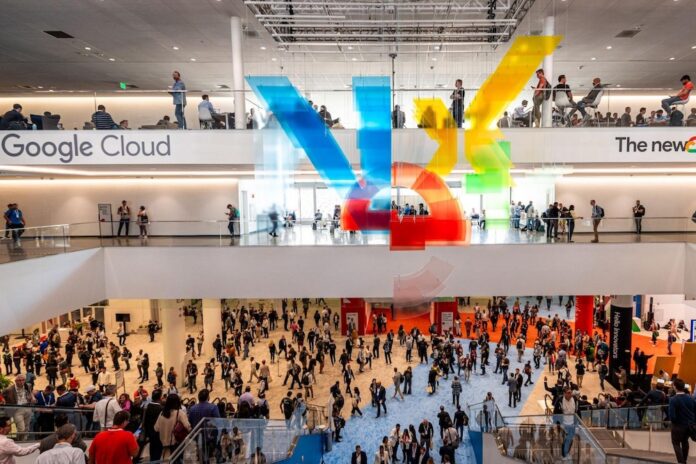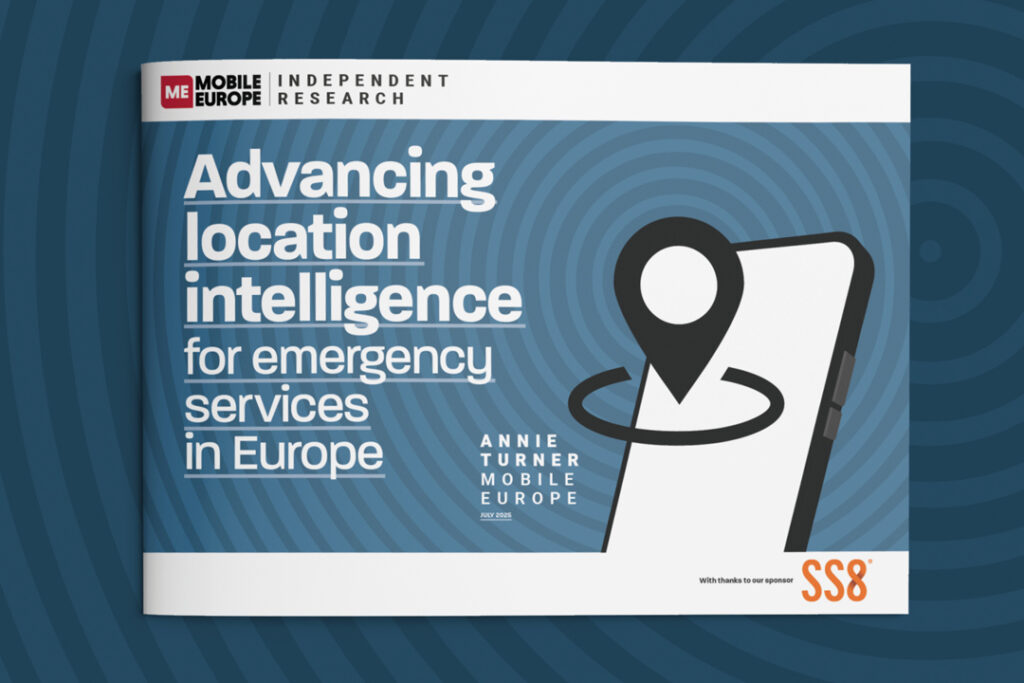Scandi vendor separately announces it has secured a German-funded 6G research project
Ericsson has expanded its RAN integration relationship with Google Cloud by deploying its Cloud RAN solution on Google Distributed Cloud (GDC), which integrates automation and orchestration for telcos using artificial intelligence and machine learning.
GDC will be attractive to some operators as it is a hybrid cloud solution comprising fully managed hardware and software solutions which extends Google Cloud’s infrastructure and services to the edge and into telcos’ data centres. In this setup, the on-premises GDC Edge is managed using functions such as fleet management from the public cloud through a dedicated secure connection between on-prem hardware and the cloud, while also addressing sovereignty and privacy requirements telcos have.
The two teams successfully demonstrated the full implementation of the Ericsson virtual distributed unit (vDU) and virtual central unit (vCU) on GDC Edge, using an x86-based accelerator stack, running live in the Ericsson Open Lab in Ottawa, Canada.
Running Ericsson Cloud RAN on GDC Edge will enable telcos to utilise Google Cloud Vertex AI, BigQuery and other cloud services, to improve the usability of the massive data sets being provided by Cloud RAN applications. This opens up a number of opportunities for telcos to control, inspect, configure, and optimise their RAN infrastructure.
Ericsson and Google are long-standing cloud partners and plan to jointly take the solution to market. While not Open RAN, Ericsson Cloud RAN still gives telcos more choices for creating networks based on open standards and interfaces using multiple vendors. The vendor said the solution is “infrastructure agnostic”, allowing RAN applications to be deployed on any infrastructure chosen by a telco.
“This partnership enables us to deepen and expand our valuable collaboration with Google Cloud, and it opens new opportunities for operators to utilize the benefits of cloud-native solutions and automation,” said Ericsson head of product Line Cloud RAN Mårten Lerner.
“Ericsson remains committed to ensuring the adaptability of its Cloud RAN applications on diverse cloud infrastructures, offering operators enhanced flexibility and choice in deploying Cloud RAN as well as supporting the evolving hybrid cloud architectures together with Google Cloud,” he added.
“We’re proud to enable Ericsson Cloud RAN to run on Google Distributed Cloud Edge infrastructure, which includes access to our AI/ML capabilities as well as cloud-native automations,” said Google Cloud senior director, telecom products, Gabriele Di Piazza.
Project Nephio
Google introduced GDC in 2021 and last year it formed the Linux Foundation open-source project Nephio with some telco partners, which aims to deliver carrier-grade, open, Kubernetes-based cloud native intent automation and common automation templates that it said will materially simplify the deployment and management of multi-vendor cloud infrastructure and network functions across large scale edge deployments.
Earlier this year, Google unveiled that Telecom Network Automation, the company’s implementation of Nephio, and Network Function Optimizer on Google Kubernetes Engine, a solution that helps modernise cloud networking and makes it “a first-class citizen of Kubernetes”, were both available for private preview.
Google and Ericsson plan to use Nephio for deploying and managing highly distributed, interconnected workloads such as 5G network functions.
More cloud regions
Google now has 39 Cloud Regions and over the past year it has announced plans to add cloud regions across APAC (including New Zealand and Thailand) and EMEA (in places like Kuwait, South Africa, and Sweden), and delivered on commitments in Tel Aviv (Israel), Turin (Italy), Doha (Qatar), and Berlin-Brandenburg (Germany). Oslo (Norway) is on the cards as well.
Ericsson secures funding for 6G radio microelectronics
Ericsson has secured five-year funding from Germany’s Ministry of Economic Affairs and Climate Action for its European Microelectronics and Communication Technologies for 6G (EMCT) project.
This project aims to drive semiconductor technology advancements and foundation needed to develop energy-efficient and sustainable microelectronics and communication technologies for 6G Massive MIMO radios together with partners in Europe.
The project is part of the European Union’s Important Project of Common European Interest on Microelectronics and Communication Technologies (IPCEI-ME/CT) initiative. This initiative was jointly prepared by 14 EU member states and will provide up to €8.1bn in public funding to support research and development projects across the whole ecosystem of microelectronics and communication technologies.
The IPCEI procedures allow for public-sector funding to be granted at the national level for projects that significantly contribute to the growth and competitiveness of the European industrial sector. Ericsson is among 56 companies that will undertake 68 projects in total as part of IPCEI-ME/CT.
Ericsson Antenna Technology Germany will lead the development of this project at the Rosenheim R&D site in Germany.
“Upcoming 6G mobile networks need to meet the ever-increasing demand for communication in the areas of human-to-human, human-to-machine, and machine-to-machine in a highly energy-efficient way,” said Ericsson Networks head of technology and strategy Freddie Södergren.
“Ericsson’s R&D site in Rosenheim plays an important role in building competencies in microelectronics for Massive MIMO radios and the semiconductor industry in Germany,” he added.



